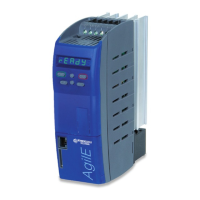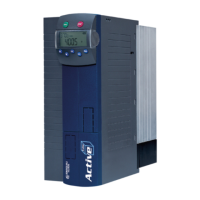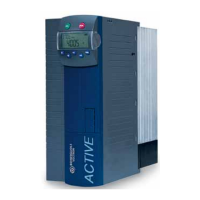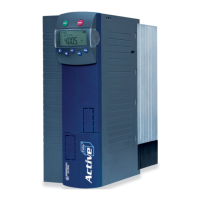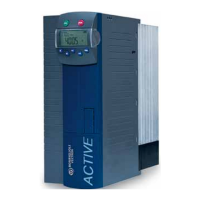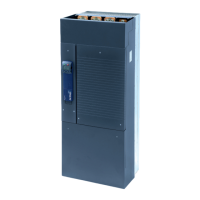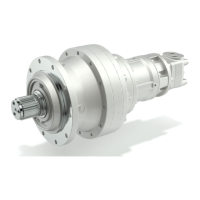Jump function Digital functions
100 - Jump function Branching off to index (table column). See chapter 4.12.1.
101 -
Jump function
for loops
A function indicated as jump target in P1 is executed as often as
indicated in P2. Via the inputs , the loop can be stopped or restarted.
See chapter 4.12.2.
110 … 182
Like instruction types 10 … 82. Evaluation of Master-Set/Master-
Reset instead of Superior-Set/Superior-Reset.
Analog functions:
Debouncer Analog functions:
97 - Debouncer
The input value will be forwarded to the output only if it has had a
constant value for the configured delay (P1: pos. edge, P2: neg.
edge).See chapter 4.10.1.
Bit functions for analog input values Analog functions:
200 -
Bit NOT opera-
tion
At output 1 O1, the bitwise inverted value of input I1 is output. See
chapter 5.11.1.
201 -
Bit AND/NAND
operation
The input value at I1 is AND combined. Via P2, you can select:
P2=1: Combination with input value I2
P2=2: Combination with a mask permanently set up in P1,
P2=3: Combination with I2 and P1
See chapter 5.11.3.
202 -
Bit OR/NOR
operation
The input value at I1 is OR combined. Via P2, you can select:
P2=1: Combination with input value I2
P2=2: Combination with a mask permanently set up in P1,
P2=3: Combination with I2 and P1
See chapter 5.11.2.
203 -
Bit XOR/XNOR
operation
The input value at I1 is Exclusive-OR combined. Via P2, you can se-
lect:
P2=1: Combination with input value I2
P2=2: Combination with a mask permanently set up in P1,
P2=3: Combination with I2 and combination of result with P1
See chapter 5.11.4.
210 - Bit shift right
The input value at I1 is shifted to the right bitwise by the number of
shifts (P2). Left side is filled with zeroes. See chapter 5.11.5.
211 -
Bit arithmetical
shift right
The input value at I1 is shifted to the right bitwise by the number of
shifts (P2). The most significant bit (sign bit) is maintained. See
chapter 5.11.6.
212 - Bit shift left
The input value at I1 is shifted to the left bitwise by the number of
shifts (P2). Right side is filled with zeroes. See chapter 5.11.7.
213 - Bit roll right
The input value at I1 is shifted to the right bitwise by the number of
shifts (P2). On the left side, the bits leaving on the right side will be
inserted. See chapter 5.11.8.
220 - Output one bit
A selected bit of input value 1 is output at output 1. The bit is se-
lected via P1. See chapter 5.11.9.
221 -
Unite four bits
to form a word
The state of input 1 is copied to the bit of the output specified via P1,
the state of input 2 to the next bit, etc. See chapter 5.11.10.
222 -
Add two bits to
a word
The states at inputs I2 and I3 are inserted in certain bits of the input
value 1. The bits are defined by P1 and P2. See chapter 5.11.11.
Comparators Analog functions
301 -
Comparator (2
inp.)
Input values I1 and I2 are compared. Via P1 and P2, a hysteresis can
be adjusted.
See chapter 5.2.1.
302 -
Comparator (2
inp.), absolute
value
Like operation mode 301, but the absolute values at inputs I1 and I2
are compared. See chapter 5.2.1.
303 -
Comparator
(inp. with
const.)
Two switching thresholds are adjusted. If the upper threshold P1 is
exceeded, the output is switched on. If the lower threshold P2 is
deceeded, the output is switched off. See chapter 5.2.2.
304 -
Comparator
absolute value
inp. with const.
Like operation mode 303, but the absolute value at input I1 (varia-
ble) is compared to switching thresholds P1 and P2 (constants). See
chapter 5.2.2.
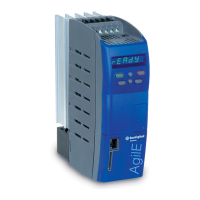
